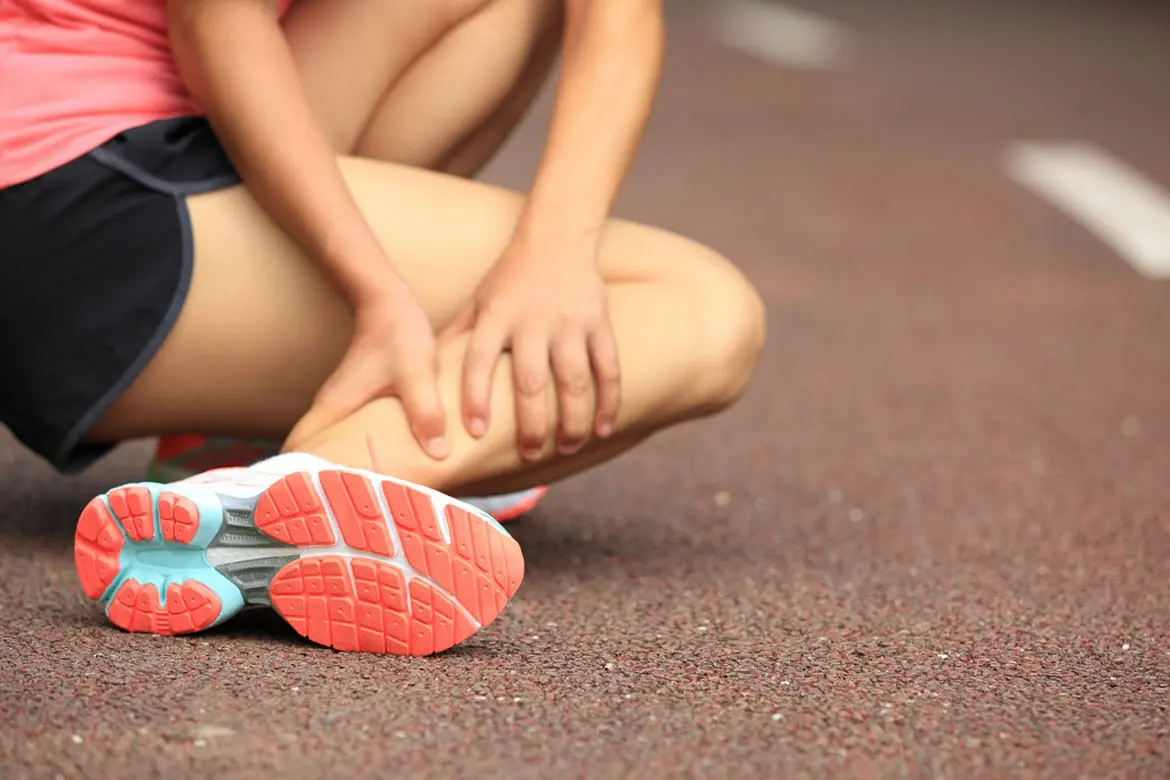Bone fractures can be caused by a variety of things, from sports injuries and accidents to conditions like osteoporosis that make fractures more likely.
Most bone fractures are not life threatening, but they do require immediate medical attention as fractures are likely to be accompanied by bleeding, swelling or pain that requires professional care.
Dr Andrew Dutton, orthopaedic surgeon at Mount Elizabeth Hospital, explains what to do if you or someone around you has a fracture.
Symptoms of bone fractures
A fracture may not always be obvious but it is often accompanied by some of these common symptoms:
- Pain
- Swelling
- Bruising or discolouration around the affected area
- Unusual angle of the bone around the affected area (angulation)
- Inability to move the affected area
- Grating sensation in the affected bone or joint
- Bleeding (if it is an open fracture)
Fractures involving large bones such as the pelvis or femur may also cause a person to look pale, feel clammy, dizzy, faint or nauseous.
If you suspect a fracture, seek immediate medical care.
Common types of bone fractures
There are many different types of bone fractures. Some common ones include:
- Comminuted fracture, in which the bone is shattered into many pieces.
- Compression (crush) fracture, which generally occurs in the spongy bone in the spine.
- Greenstick fracture refers to a partial fracture on one side, without completely breaking. It is more common among children, whose bones are softer and more elastic.
- Hairline fracture is a partial fracture which can be hard to detect on X-rays.
- Impacted fracture means that one fragment of bone has gone into another.
- Longitudinal fracture refers to a break along the length of the bone.
- Oblique fracture refers to a fracture that is diagonal to a bone's long axis.
- Pathological fracture is caused by an underlying disease or condition that has already weakened the bone.
- Stress fracture is more common among athletes, caused by repeated stresses and strains to the muscles and bones.
- Torus (buckle) fracture is when the bone gets deformed but does not crack. It is more common in children.
- Transverse fracture refers to a straight break right across a bone.
First-aid help for bone fractures
Immobilise the limb
In general, if there is an injury to the upper limb (arm, shoulder, elbow, forearm) then splinting the limb either by using an arm sling if available or wrapping the arm against the torso will immobilise the limb. This prevents further deformity and pain.
Icing
Icing will help decrease the swelling and discomfort. If the injury involves the forearm, wrist or hand then splinting it using a flat wooden board is sufficient.
Crutches
For injury to the lower limb (leg, knee, foot, ankle), the patient should not walk but rather limp or use crutches if available. Limb elevation and splinting the limb to a wooden board, if available, is useful. Icing will prevent too much swelling and pain.
Treatment for bone fractures
The doctor will first assess the patient by clinical examination to ensure that there are no secondary injuries to the nerves or blood vessels.
X-rays
X-rays can be done to diagnose a fracture, but if the films are not clear then the doctor may order an CT scan. X-rays are quicker and easier to do at the initial assessment.
Factors such as displacement, angulation and fracture stability can be determined after seeing the x-ray or MRI.
Splints
Depending on these factors, the fractured limb may be splinted with a half cast or brace. Once the swelling reduces, the limb may require full casting. For foot or ankle injuries, a special immobilisation boot can be used.
Fracture healing
Fracture healing is usually 6 – 8 weeks for upper limb fractures and 8 – 12 weeks for lower limb fractures.
The doctor will often order intermittent x-rays to ensure that the fracture heals in an adequate position.
If the fracture is significantly displaced or angulated then surgery may be required. Metal pins, plates or screws may be required to fix the fracture.
After surgery, early movement of the limb is often instituted to prevent stiffness.
How to heal bone fractures quickly
Immobilise the limb
Adhering to the doctor's treatment instructions is essential. Keep the limb immobilised and use crutches for the required amount of time. If a patient does not comply, there may be fracture displacement or slower healing.
Minimise swelling and inflammation
Minimising swelling and inflammation is important. Elevate the limb above the level of the heart and ice the injured region. The doctor may prescribe anti-inflammatory medications to help this process.
Ensure adequate calcium intake
Ensuring adequate calcium intake for bone healing is important especially as dairy is not a large part of the Asian diet.
Calcium can be found in foods such as milk, yoghurt, broccoli, kale and bok choy. Those who are elderly may have difficulty eating sufficient calcium rich foods, thus, calcium supplements should be used.












